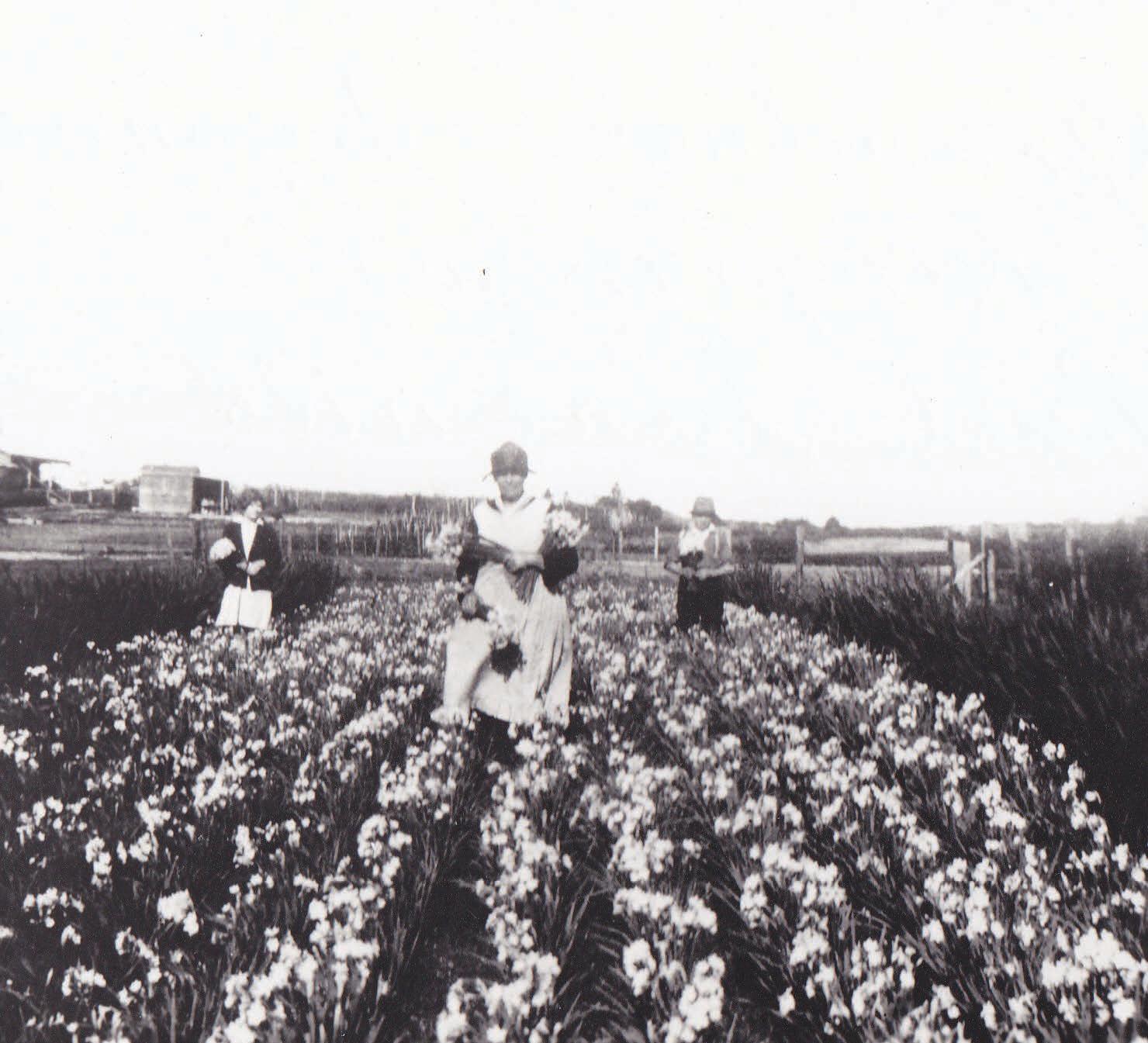
1 minute read
LOCAL HISTORY
What’s in a name? Kingsgrove
Kingsgrove takes its name from Governor Philip King, who made a land grant in 1804 to Hannah Laycock, a soldier’s wife, and her sons. The Laycocks named their farm King’s Grove in recognition of the Governor’s action. A further grant in 1812 took their combined land holdings to around 800 acres (over 320 hectares).
By the mid-19th century, the land was being subdivided, the original forested areas were gradually being cleared and Kingsgrove was becoming a patchwork of small farms and market gardens, with Stoney Creek Road the main transport route. The first inn, called The Man of Kent, operated from about 1850 onwards. In the vicinity of present-day Bexley Golf Club there were productive vineyards, and even a tobaccoproducing manufactory, operated by one of the district’s pioneers, Thomas Smithson. Fifty megalitres of gas exploded, sending a mushroom cloud a kilometre high over the suburb, and raining debris all around.
Kingsgrove entered the 20th century as a hotbed of horticulture, with several plant and flower nurseries fronting Stoney Creek Road. Countering their aroma would have been the less fragrant emanations from Stone’s Slaughter Yards, which supplied butchers in Hurstville and Rockdale with their daily requirements.
Following the commencement of the railway line from Tempe to Kingsgrove in 1931, land around Kingsgrove station was quickly snapped up for allotments, and land that had sold for £1 per foot of frontage in 1927 could not be had for
Image: Flower growers at Kingsgrove, circa 1920
courtesy of the Seymour family. £20 a foot five years later. Kingsgrove became a dormitory suburb for the city, with an area near the station zoned for industrial businesses and light manufacturing. A very successful example of local manufacturing was Mashman’s Pottery Works, which was a familiar sight for travellers on the East Hills line for many years.
Kingsgrove’s most dramatic moment came on 15 February 1956, when the gasometer owned by the Australian Gas Light Company ruptured and fifty megalitres of gas exploded, sending a mushroom cloud a kilometre high over the suburb, and raining debris all around. Fortunately, it occurred in the early hours of the morning, and only five people were injured.
Love local history?
For more great stories visit the Georges River Libraries Local Studies blog at georgesriverlocalstudies.home.blog/







